- Membership Resources
- State Chapters
- Education/Events
-
Advocacy/Policy
- Home Care Workforce Crisis: An Industry Report and Call to Action
- Advocacy Fund
- State of Home Care: Industry at Crossroads
- Home Care Workforce Action Alliance
- Caring for Seniors: Value of Home Care
- Home Care by the Numbers
- Issues & Positions
- Legislative Action Network
- State Legislation Tracker
- Federal Legislation Tracker
- 2024 National Advocacy Day
- About HCAOA
- Find a Job
 An article entitled, “Price of elder care soars as demand increases, baby boomers age,” was published on TheHill.com on August 13, 2023. The article discusses how the cost of caring for aging or ailing family members in the U.S. has risen dramatically in recent years in nursing homes, assisted living facilities, and adult day centers. With insufficient support from programs like Medicare and Medicaid, many family caregivers are forced to deplete their limited funds to cover expenses. HCAOA submitted a Letter to the Editor in response to the article informing them of the cost-effectiveness of home care for seniors and people with disabilities since it was not addressed. HCAOA strives to be part of the conversation and continually seeks opportunities to support the home care industry and provide education when needed. A copy of the letter is below.
*** Dear Editor, I am writing in response to Alejandra O’Connell-Domenech’s article, “Price of elder care soars as demand increases, baby boomers age,” published August 13, which discusses the rising costs of senior care. You addressed the common institutional settings for senior care, such as nursing homes and assisted living facilities, and even touched on adult day centers. However, you neglected to mention the most cost-effective type of care for seniors and people with disabilities – which is also the most preferred: care at home. You are correct about the strain the aging Baby Boomer generation is putting on America’s healthcare systems and reimbursement structures. They were simply not designed for a nation that will soon have more older people (65+) than young (18 and under), many of whom are living longer, fuller lives with their chronic conditions managed. Home care has emerged as a valuable solution to fill gaps created by the institutional settings mentioned above. Planning and saving for future long-term care needs will require multiple options based on one’s ability to save and projected care needs. Saving for care in old age should be as top-of-mind as saving for education when a child is born. Government and private-sector stakeholders must prioritize financing for care and develop a suite of options to fit the diverse financial and care needs of older Americans. “You can’t finance these 100-year lives purely by public purse or purely by private purse. You need the two to come together.” - Surya Kolluri, Managing Director, Bank of America. While not covered by Medicare, there are several proposals to make this cost more sustainable in the long run. One in particular is H.R. 1795, Homecare for Seniors Act, sponsored by Rep. Adrian Smith (R-NE-3). This bill allows tax-exempt distributions from health savings accounts (HSAs) to be used for home care. This is just one proposal that could ease the cost of care. We appreciate you highlighting the rising cost of senior care and wanted to provide you with a viable, cost-effective option seniors and people with disabilities have to remain comfortably at home with professional care. Sincerely, Vicki Hoak CEO Home Care Association of America
1 Comment
8/23/2023 03:18:31 pm
I sincerely appreciate your advocacy here. Many legislators read The Hill, and this was a huge omission on their part. The vast majority of people with disabilities struggle to be a vital part of local communities. In-home care and access to transportation are the two biggest supports we need to thrive.
Reply
Leave a Reply. |
Archives
July 2024
Categories
All
Upcoming Events |
|
Phone: 202-519-2960 | 444 N. Capitol Street NW, Suite 428 | Washington, DC 20001
[email protected] | sitemap © 2024 Home Care Association of America. All Rights Reserved. | Privacy Policy | Refund Policy |
|

 RSS Feed
RSS Feed
